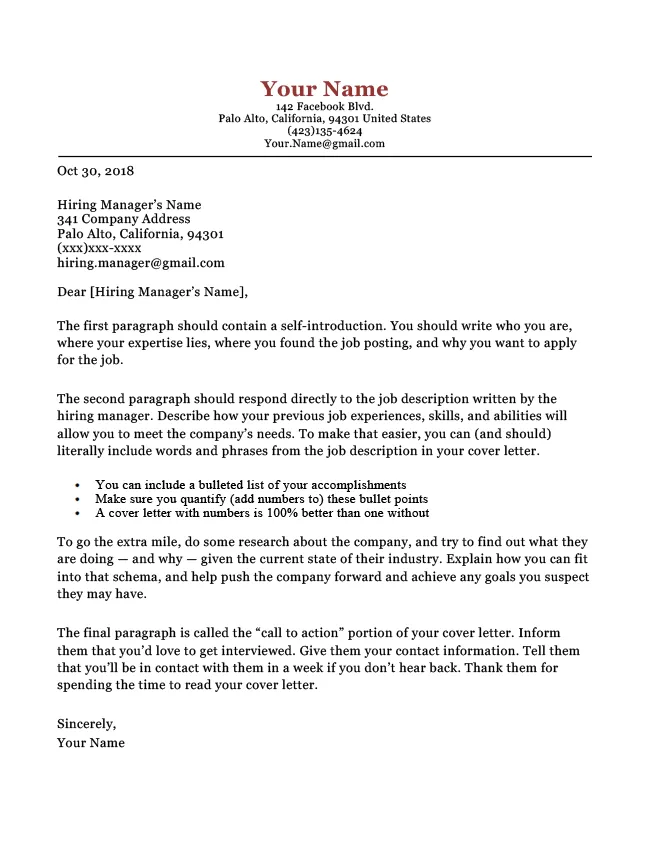What is a Cover Letter Why You Need One
A cover letter is a crucial document that accompanies your resume when applying for a job. Think of it as your personal introduction, a chance to showcase your personality, enthusiasm, and qualifications in a way that a resume alone cannot. It provides context to your application and allows you to explain why you are the perfect fit for the specific role and company. It’s an opportunity to highlight your key skills and experiences, demonstrating how they align with the job requirements. In a competitive job market, a well-crafted cover letter can be the deciding factor in whether you get an interview or not. It personalizes your application and shows the hiring manager that you’ve taken the time to understand the role and the company’s needs. A strong cover letter can significantly increase your chances of landing your dream job.
The Anatomy of a Cover Letter
Understanding the structure of a cover letter is the first step in writing an effective one. A cover letter typically consists of several key components, each serving a specific purpose. Following a standard format ensures clarity and professionalism. The main sections include a header with your contact information, a greeting, an opening paragraph, body paragraphs, a closing paragraph, and a signature. Each section plays a vital role in conveying your message to the hiring manager. Mastering these components is essential for crafting a compelling cover letter that captures attention and makes a strong first impression. Properly structuring your letter helps the reader easily grasp your key qualifications and your genuine interest in the position.
Header Contact Information
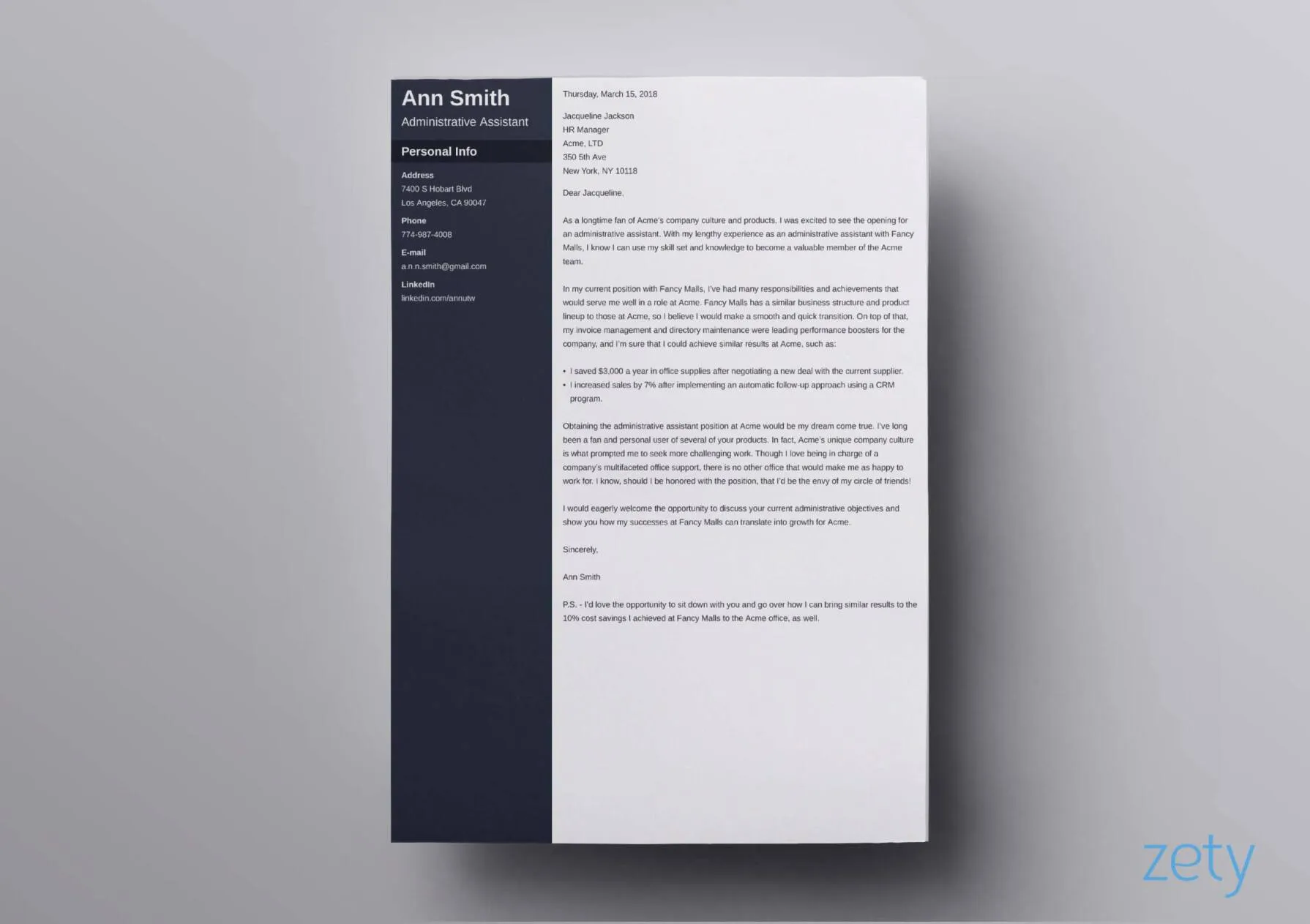
The header of your cover letter is the first element a hiring manager will see, so it’s essential to get it right. It should include your full name, address, phone number, and email address. This information should be clearly displayed and easy to read. Ensure that your contact details are up-to-date and professional. Use a professional-looking email address; avoid nicknames or unprofessional handles. Your header should be at the top of the page, aligned to the left or right, and visually distinct from the rest of the letter. This section ensures the hiring manager knows how to contact you and adds a touch of professionalism to your application.
Greeting Addressing the Hiring Manager
Addressing the hiring manager correctly sets the tone for your letter. If possible, find the name of the hiring manager or the specific person who will be reading your application. ‘Dear Mr./Ms. [Last Name]’ is the most professional way to greet someone. If you can’t find a specific name, use ‘Dear Hiring Manager’ or ‘Dear [Department Name] Hiring Team’. Avoid generic greetings like ‘To Whom It May Concern,’ which can make your letter feel impersonal. Addressing the hiring manager by name shows that you have taken the time to research the company and the role, demonstrating your genuine interest. This small detail can make a big difference in how your application is perceived.
Opening Paragraph Grabbing Attention
The opening paragraph is your chance to grab the hiring manager’s attention. Start by stating the position you are applying for and where you saw the job posting. Then, briefly highlight why you are interested in the role and the company. The opening should be concise, enthusiastic, and tailored to the specific job. You might also include a compelling statement about your key skills or a noteworthy achievement that aligns with the job requirements. Avoid generic opening lines; instead, personalize your introduction to make a memorable first impression. Aim to create a sense of intrigue that encourages the hiring manager to read the rest of your letter.
Body Paragraphs Highlighting Your Skills
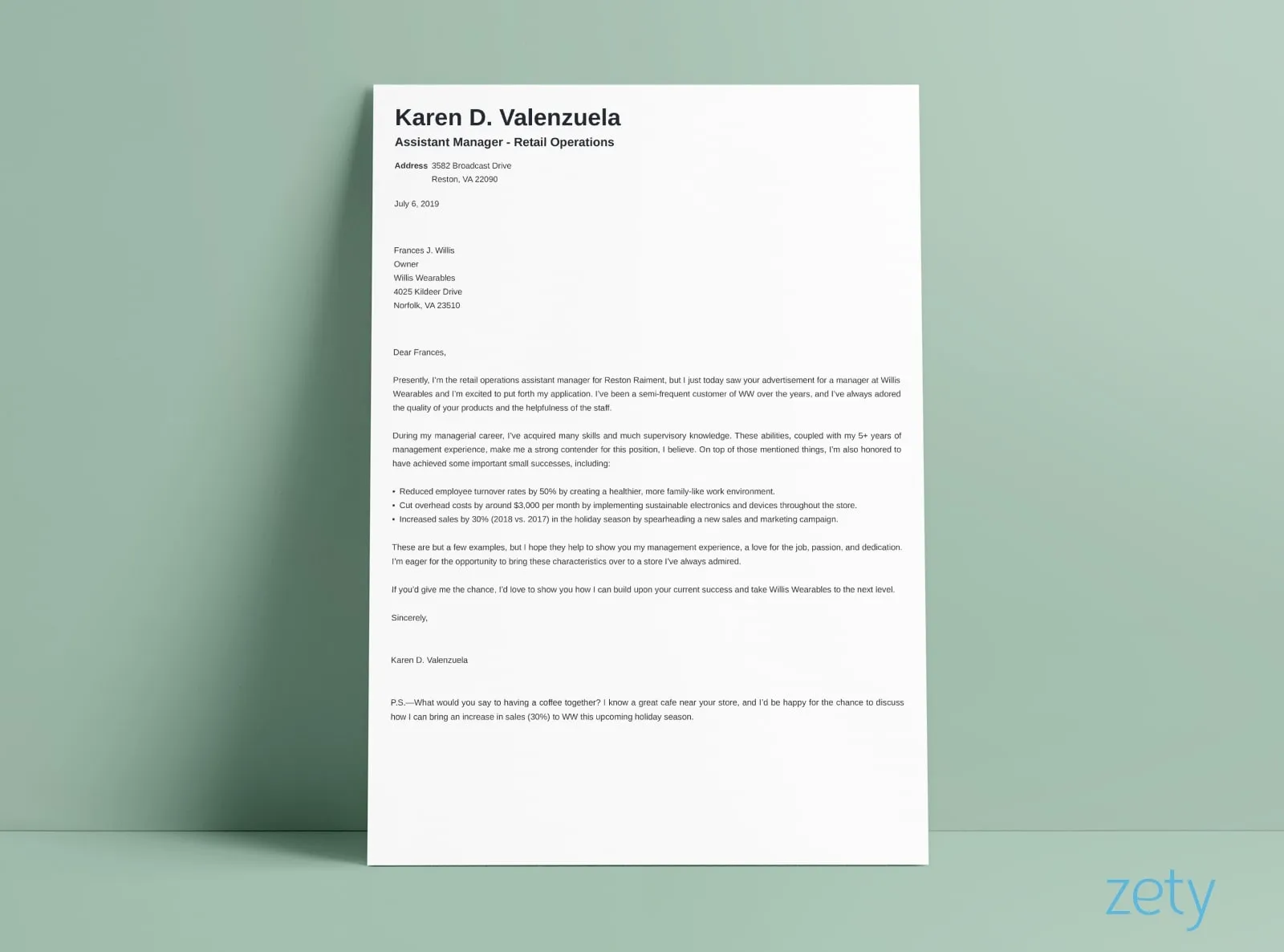
The body paragraphs are where you showcase your skills and experience. Focus on the most relevant aspects of your background and how they align with the job requirements. Use specific examples to illustrate your skills and accomplishments. Explain how your experience makes you a strong candidate for the position. Each paragraph should address a key skill or qualification mentioned in the job description. Structure your paragraphs logically, using clear and concise language. Avoid simply restating your resume; instead, elaborate on your achievements and demonstrate how you can contribute to the company’s success. Use action verbs to make your descriptions more dynamic and engaging.
Showcase Your Relevant Skills
When showcasing your skills, tailor your examples to match the job description. Identify the key skills the employer is looking for and provide specific instances where you have demonstrated those skills. For example, if the job requires excellent communication skills, describe a project where you successfully communicated with a team or a client. Quantify your achievements whenever possible. Use action verbs and provide details that highlight your proficiency. Ensure that your skills and experiences are directly relevant to the role you are applying for. Highlighting relevant skills shows the hiring manager that you understand the job’s demands and possess the capabilities needed to succeed.
Quantify Your Achievements
Quantifying your achievements makes your cover letter more impactful. Whenever possible, use numbers and data to demonstrate the results you’ve achieved in previous roles. For instance, instead of saying ‘Improved customer satisfaction,’ say ‘Increased customer satisfaction by 15% through implementing a new support system.’ Quantifiable results add credibility to your claims and give the hiring manager a clear understanding of your impact. Use metrics like percentages, dollar amounts, and timeframes to illustrate your accomplishments. This approach not only highlights your skills but also shows your ability to achieve tangible results. Quantifying your achievements is a powerful way to stand out from other applicants.
Closing Paragraph Call to Action
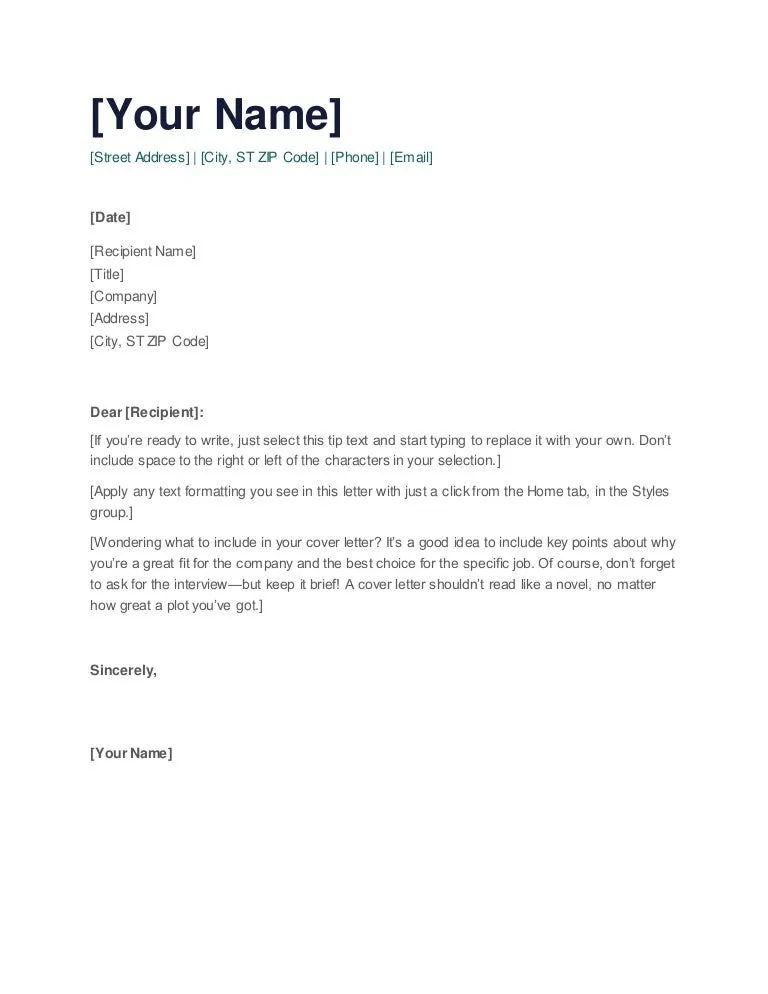
The closing paragraph should reiterate your interest in the position and the company. Express your enthusiasm and thank the hiring manager for their time and consideration. Include a call to action, such as stating that you are available for an interview and looking forward to discussing your qualifications further. Reiterate why you are a good fit for the role and the value you can bring to the company. Keep the closing paragraph concise and professional. A well-crafted closing paragraph leaves a positive final impression and encourages the hiring manager to take the next step in the application process.
Formatting Making a Great Impression
The formatting of your cover letter is crucial for making a great impression. Use a professional font like Times New Roman, Arial, or Calibri. Ensure the font size is easy to read, typically between 10 and 12 points. Maintain consistent formatting throughout the document. Use single spacing within paragraphs and double spacing between paragraphs. Align the text to the left and avoid excessive use of bolding or underlining. The overall goal is to make your cover letter visually appealing and easy to read. A well-formatted cover letter demonstrates attention to detail and professionalism, which are essential qualities for any job applicant.
Font Choice and Readability
Your font choice significantly affects readability. Choose a font that is clear, professional, and easy to read on screen and in print. Avoid overly stylized or decorative fonts, as they can be distracting. Stick to standard fonts like Times New Roman, Arial, or Calibri. Ensure the font size is appropriate; typically, 11 or 12 points is ideal. Maintain consistent font sizes throughout the document. Readable fonts and proper formatting enhance the reader’s experience, making it easier for the hiring manager to focus on the content of your letter.
Proofreading and Editing
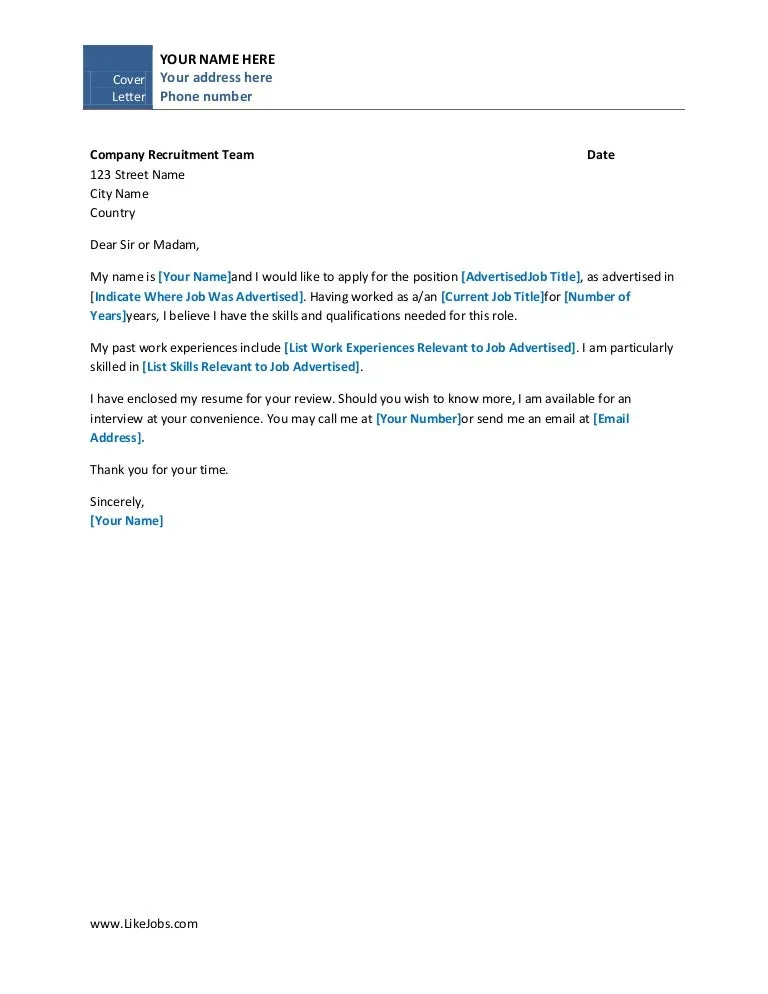
Proofreading and editing are essential steps in the cover letter writing process. Before submitting your letter, carefully proofread it for any grammatical errors, spelling mistakes, and typos. Read your cover letter aloud to catch any awkward phrasing or sentence structure issues. Ensure that your sentences flow smoothly and that your message is clear and concise. Ask a friend or family member to review your cover letter as well. A fresh pair of eyes can often catch errors that you may have missed. A well-proofread and edited cover letter demonstrates attention to detail and professionalism, which are vital for making a positive impression.
Cover Letter Examples and Templates
Using cover letter examples and templates can be a helpful starting point. Numerous online resources provide examples of cover letters for various job roles and industries. Browse these resources to get an idea of how to structure your letter and what content to include. However, remember to personalize the template to reflect your own skills and experience. Do not simply copy and paste; tailor the content to the specific job and your unique qualifications. Cover letter templates are excellent for helping you organize your thoughts and ensuring that you include all the necessary components. Using a template can save you time and help you create a polished and effective cover letter.
Common Cover Letter Mistakes to Avoid
Avoiding common cover letter mistakes can greatly improve your chances of success. One of the most significant mistakes is sending a generic cover letter that is not tailored to the specific job. Other common errors include grammatical mistakes, typos, and a lack of enthusiasm. Avoid using jargon or overly complex language. Do not repeat information from your resume; instead, elaborate on your skills and experience. Ensure that your letter is concise and to the point. By avoiding these common pitfalls, you can create a cover letter that stands out and showcases your qualifications effectively.
Submitting Your Cover Letter
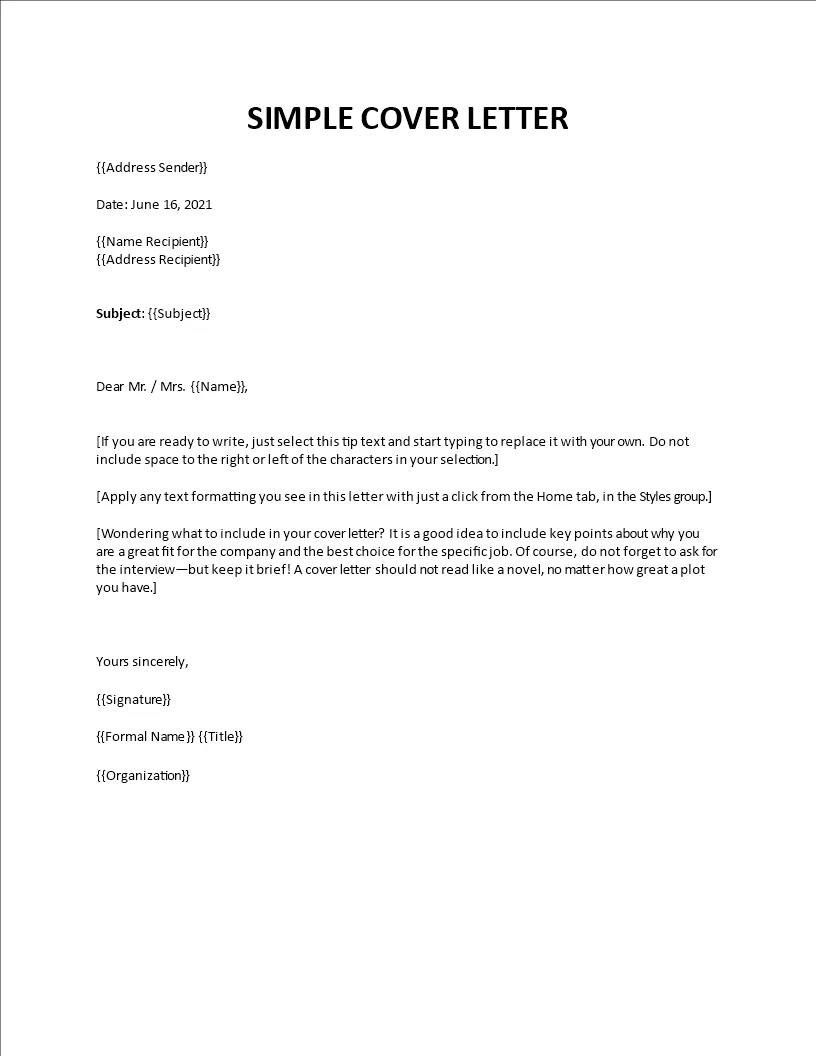
When submitting your cover letter, follow the instructions provided in the job posting. Typically, you’ll either upload your cover letter as a separate document or paste it into a text box online. Always save your cover letter in a professional format, such as PDF, to maintain its formatting. Ensure that your file name includes your name and the job title, making it easy for the hiring manager to identify your application. Double-check that you have attached the correct documents before submitting your application. Proper submission ensures your cover letter is reviewed and considered, thus giving you the best chance of success.
In conclusion, writing a compelling cover letter is an art that requires careful planning, effective communication, and attention to detail. By following these tips and guidelines, you can create a cover letter that not only showcases your qualifications but also captures the hiring manager’s attention and increases your chances of landing your dream job.
